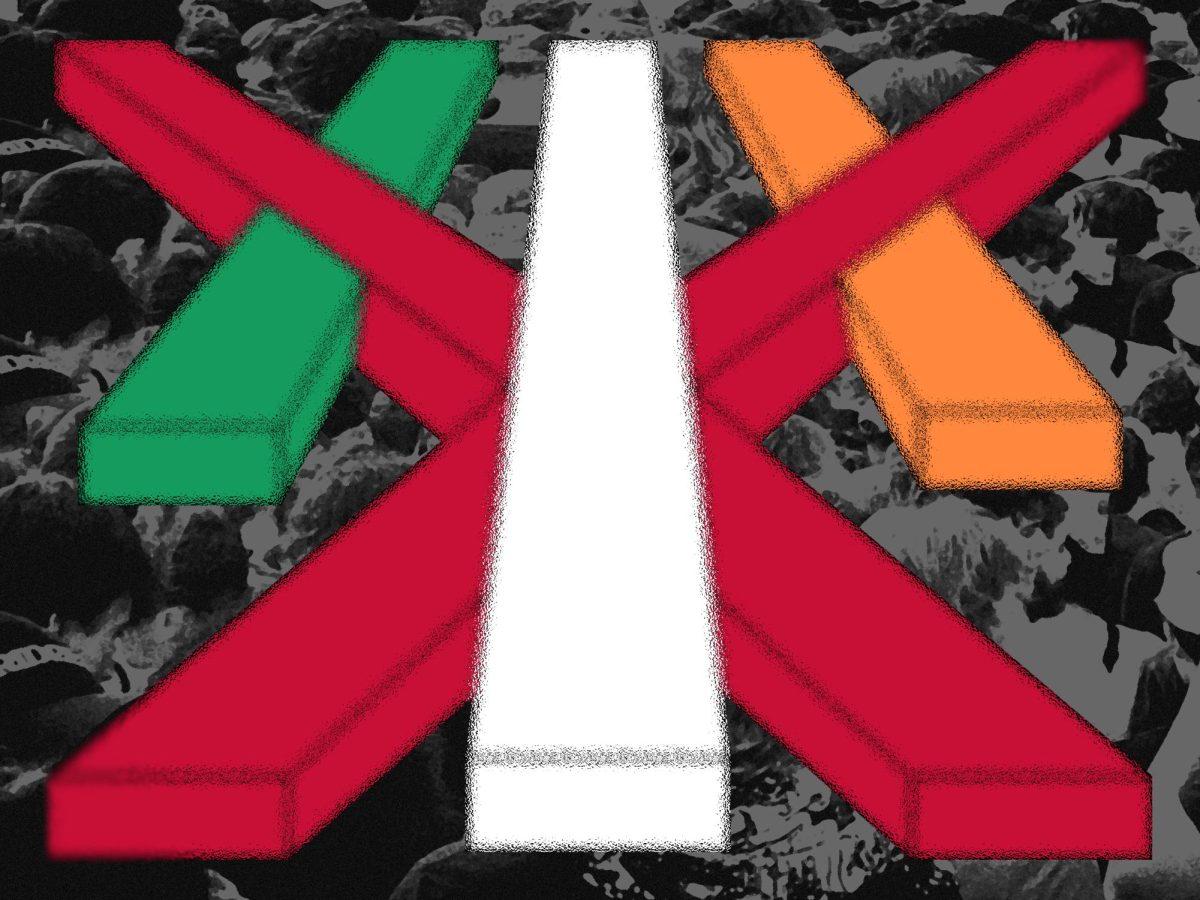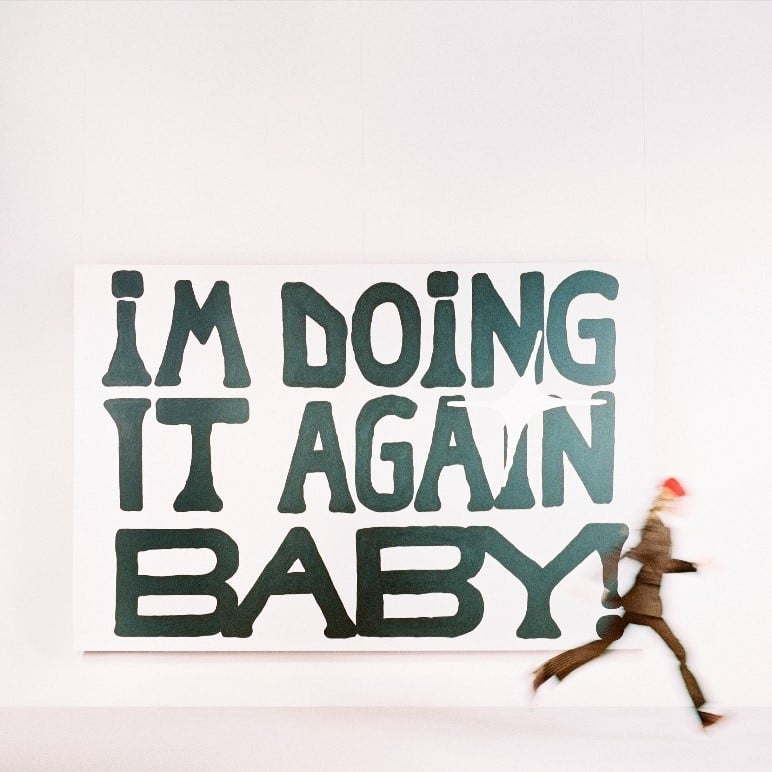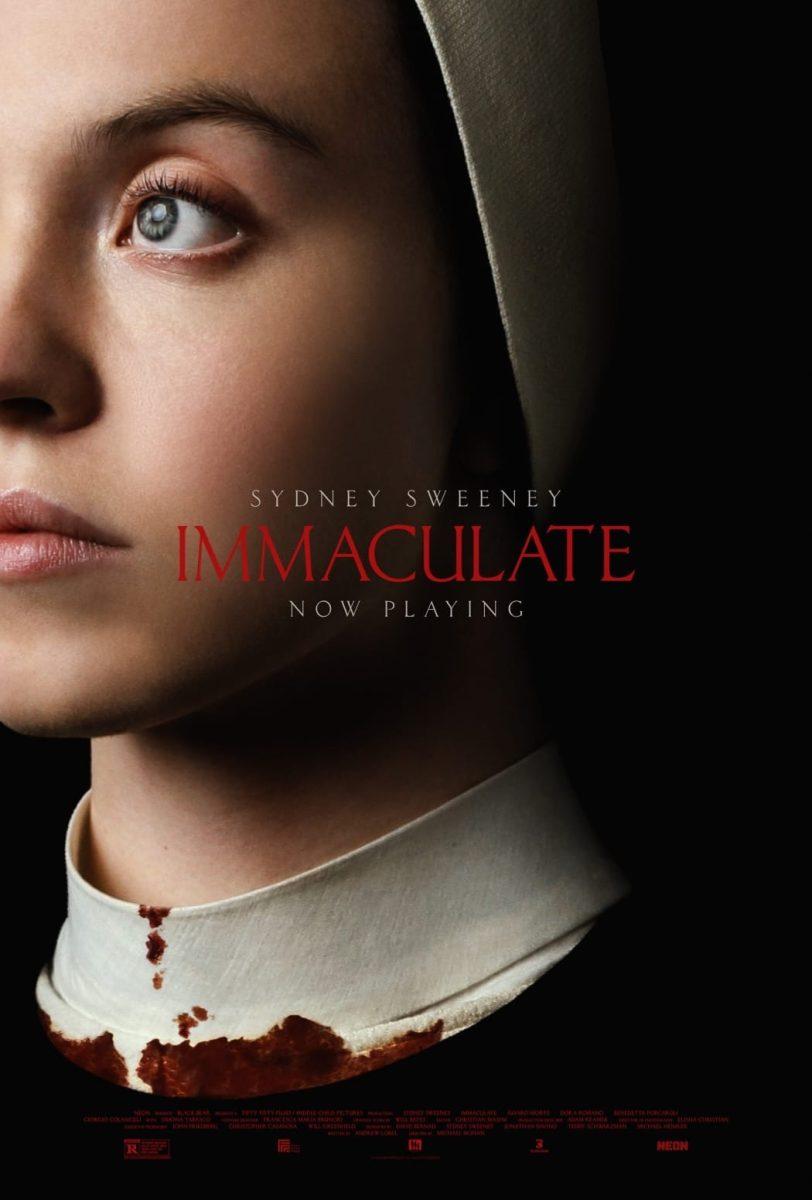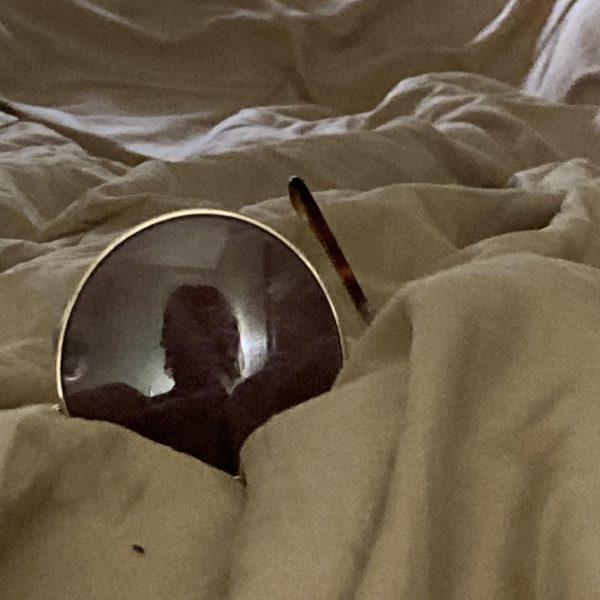Despite the prevalence of the 1960s in rock music discussions, the history of Irish rock music of that period is seldom discussed, let alone mentioned, in both academic and non-academic music circles, often finding itself faded into dusty, dark corners of history. Daragh O’Halloran seeks to rectify this in his monumental book “Green Beat: The Forgotten Era of Irish Rock Music.” Utilizing first and secondhand interviews and a wealth of dredged-up material, O’Halloran forms a prodigious historical tapestry, imbued with passion and vitality, of a time which, although flying under much of the world’s radar now, was and is nonetheless multifaceted, expansive and enthralling.
Exhaustive is perhaps the best descriptor of this work. Its 224 pages (which is sorely missing a glossary and/or index), address over a decade of musical history, spanning from the rise of beat’s showband precursors in the 1950s to the fall of the scene by the start of the 70s. It moves from the beat hubs of Dublin and Belfast on the mainland to both American coasts, seedy German clubs and England herself.
O’Halloran pays particular attention to the growth of the beat scene and its throughline of development. When the story began, beat was fighting a grueling uphill battle, standing almost alone against an onslaught of opposition: the suffocating domination of often-hostile showbands, overzealous police and judiciary and the overbearing presence of the Catholic church and the conservatism it entrenched in Irish society. But, slowly carving their way with passionate twangs and hard thwacks, beat musicians began to break barriers and grow in popularity. With this progressive expansion came changes in sounds and self-imaging: bands evolved from suited ensembles playing clean-cut covers to long-haired and loose-shirted units blasting out hard-hitting electric evocations.
By the burnt-end of the ‘60s, the beat scene, although dying, had fought through awkward television appearances, producer scruples, bad venues, greedy club owners, incompetent management, wrestles with college/beat balance and all the other stifles to establish a fascinating rock scene within the Emerald Isle and an indelible impact worldwide. In total, 31 distinct bands are discussed within “Green Beat”’s pages across six (occasionally overlong) untitled sections. It is undoubtedly a deft work of deep history.
But in creating such a comprehensive examination, especially as one of the first — if not the first — of its kind, the work can quickly transform into a dull account, rapid-firing information with an air of coldness and non-emotion. O’Halloran, thankfully, sidesteps this by imbuing the work with his own exuberant passion for the subject, surfacing through substantive images and spirited, uncensored interviews. Evocative descriptions of sweaty clubgoers, ravenous crowds “‘pulling their T-shirts off’” and drenched in sweat while the presence of “‘[f]ucking idiot police’” persisted, and sadly sardonic scenes like The Bats’ manager dividing stale bread amongst members with a ruler one hungry night: each of these provide visual and voice to the feelings, textures, attitudes and air of the scene. Through these, O’Halloran makes it clear that the path traveled by the beat scene was one rough-hewn and ephemeral but concurrently exciting and utterly visceral.
Surprisingly, despite being such a landmark study of an under-appreciated subject, “Green Beat” suffers the same fate its source material had when O’Halloran sat down to uncover it. In other words, it quickly receded out of memory, and it’s doubtful if it even touched popular audiences to the level it should have at all. No major reviews exist for this book: there’s only a quick hit-and-run piece in The Irish Times from 2006, the same year the book was published, which serves as an interview/introduction and not a critical literary review. The author, similarly, has very little information on him, with no apparent socials or further catalog. This appears to be both his first and last book.
It’s a crime to have such a work of perfervid scholarship be glossed over by academia, culture and the world at large. “Green Beat” is, after all, an utterly important work that needs to be, like its subject, better known and more widely appreciated.
As O’Halloran aptly states in the preface: “It is high time that the pioneers of Irish rock music during that exciting time are given their due.” With this work, he is ensuring that happens.
“Green Beat” can be found on the 4th floor of Evans, call number ML3534.6.I74 O53 2006. Happy hunting and a very merry St. Patrick’s Day to all.




























